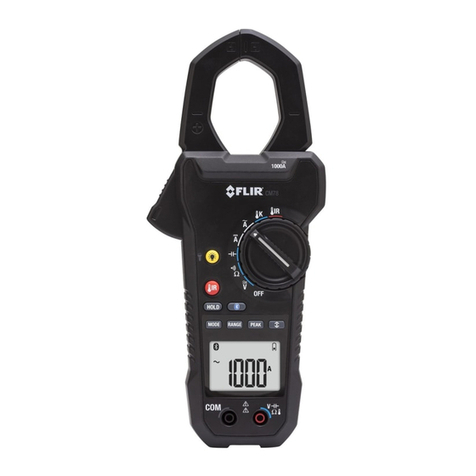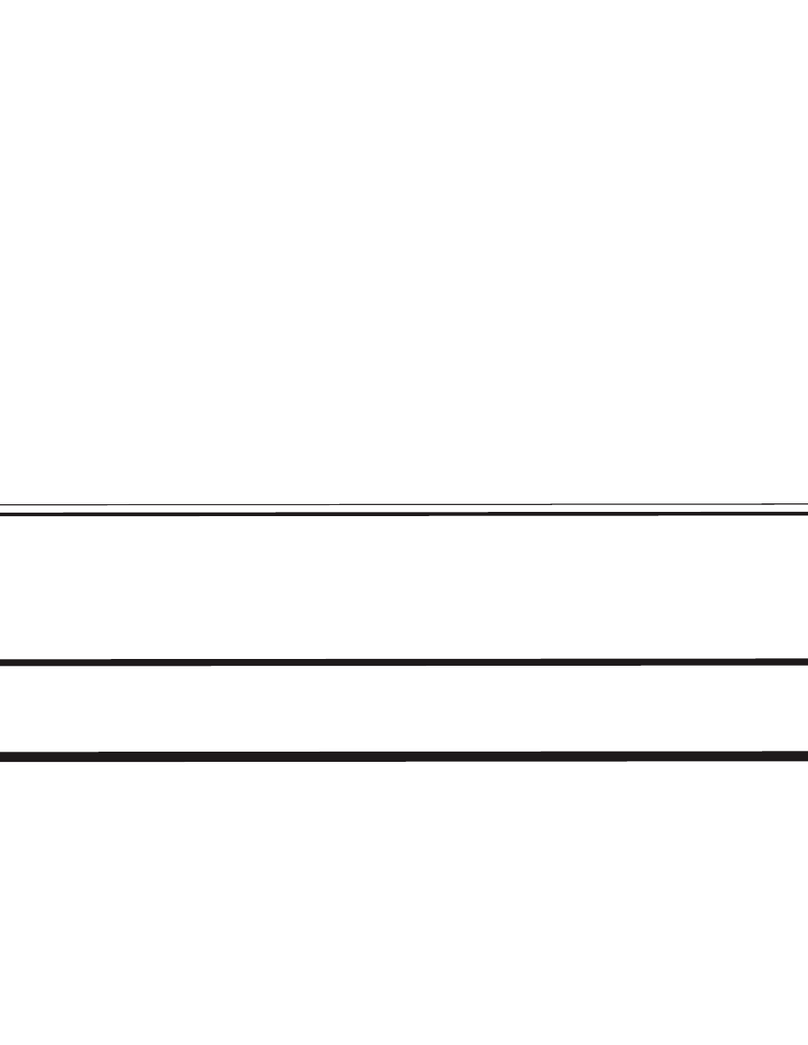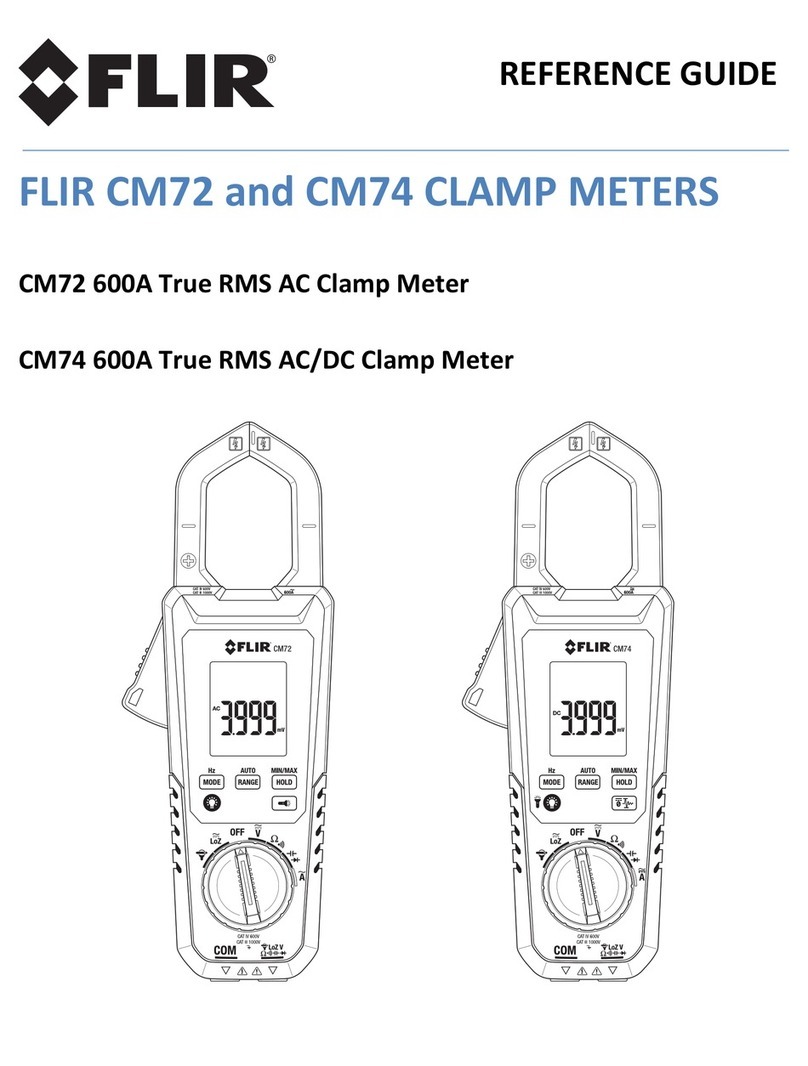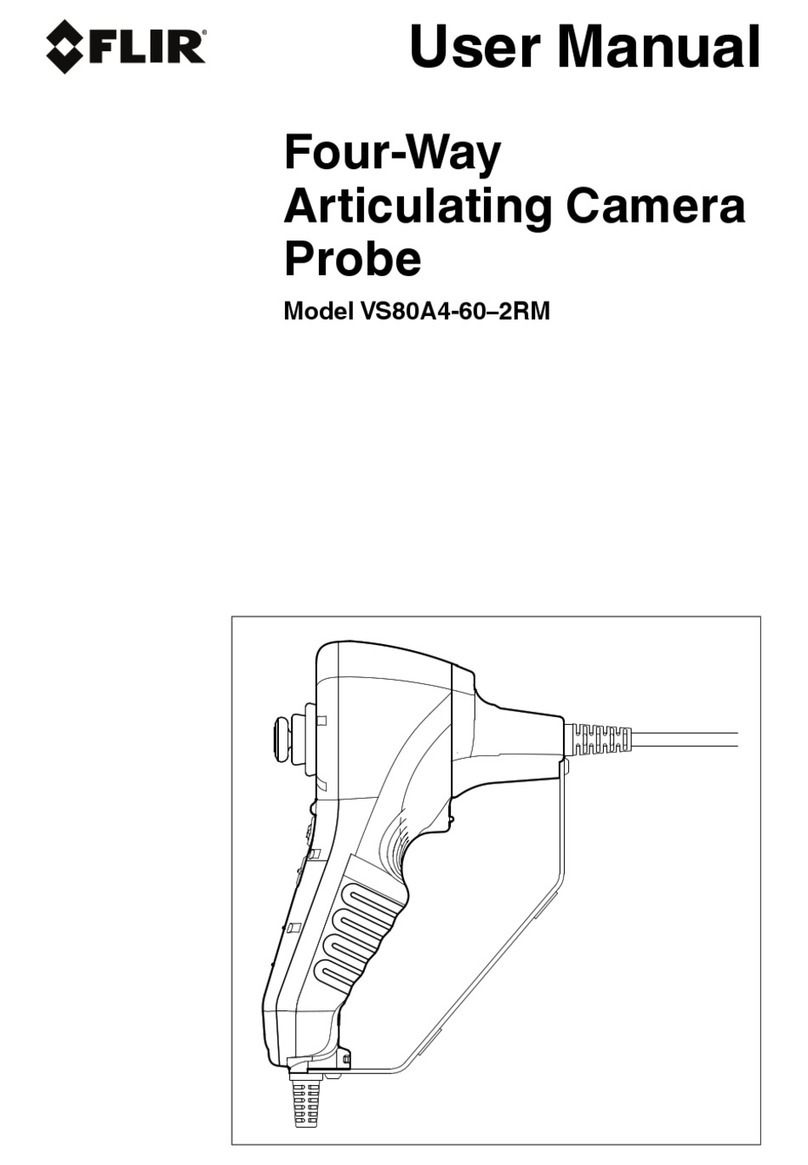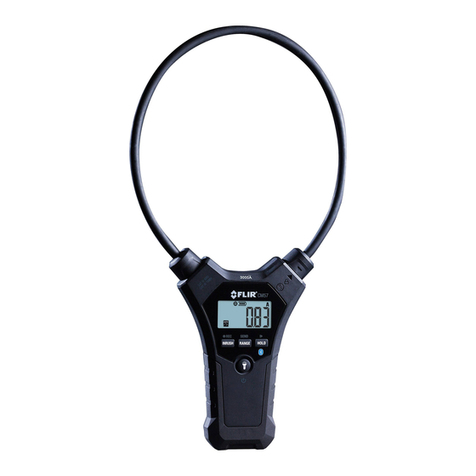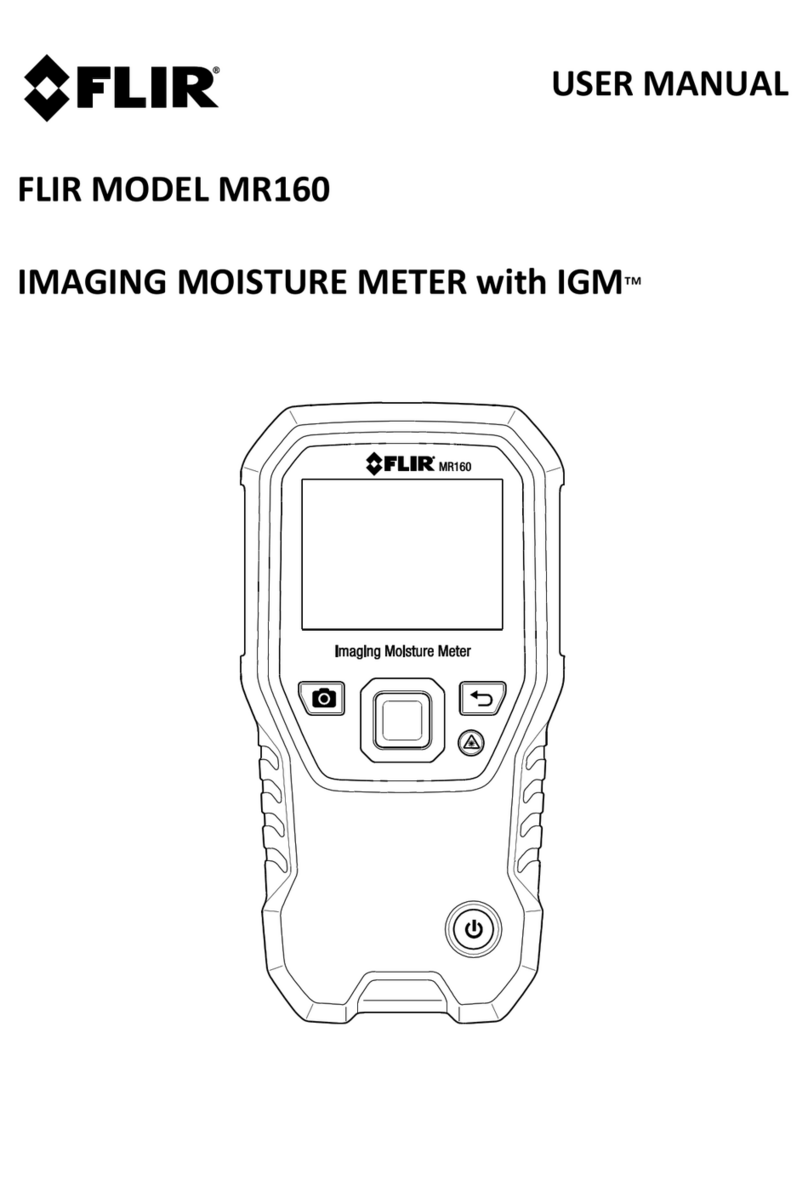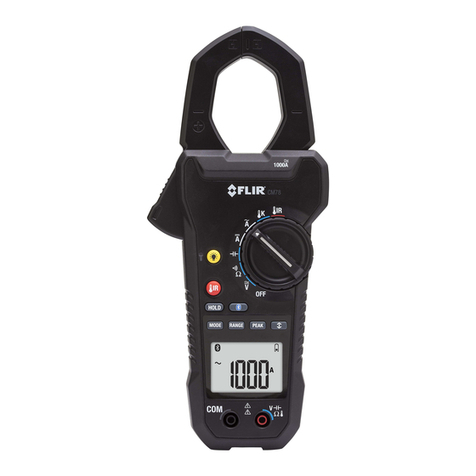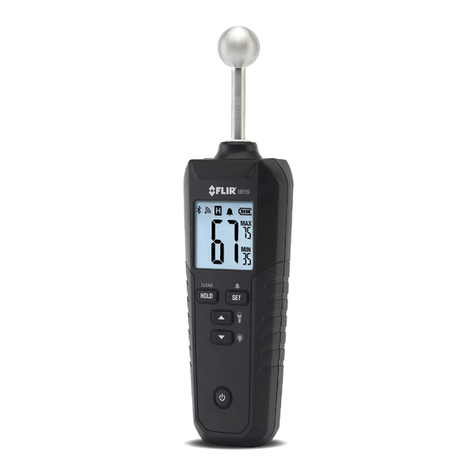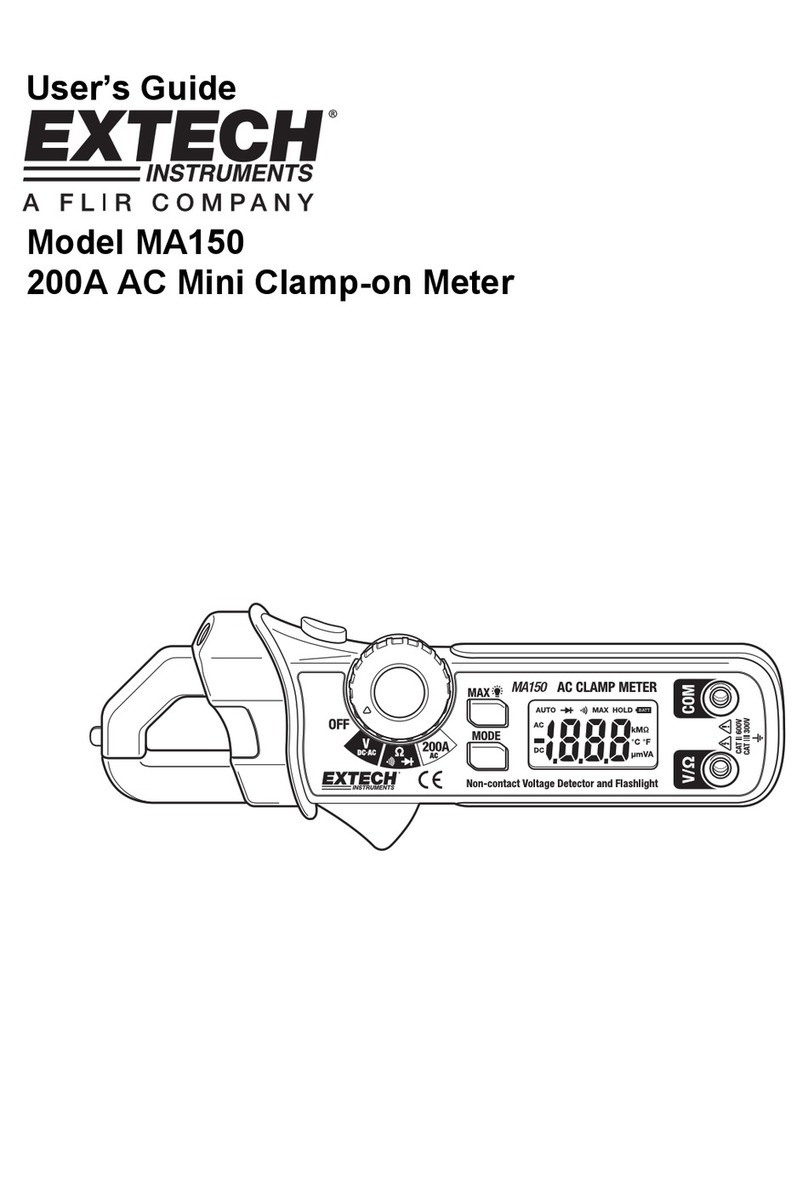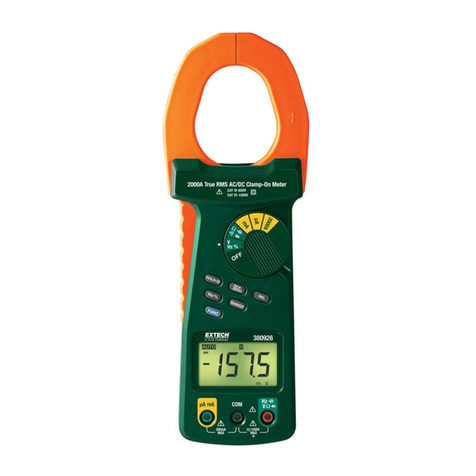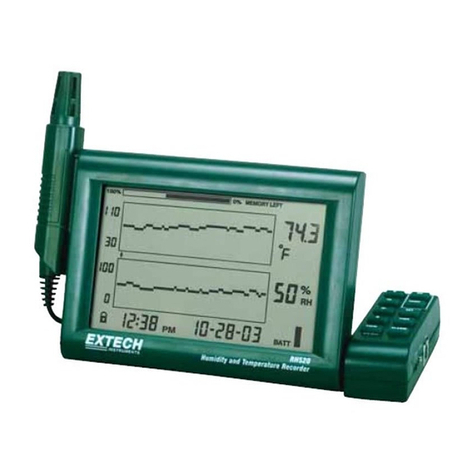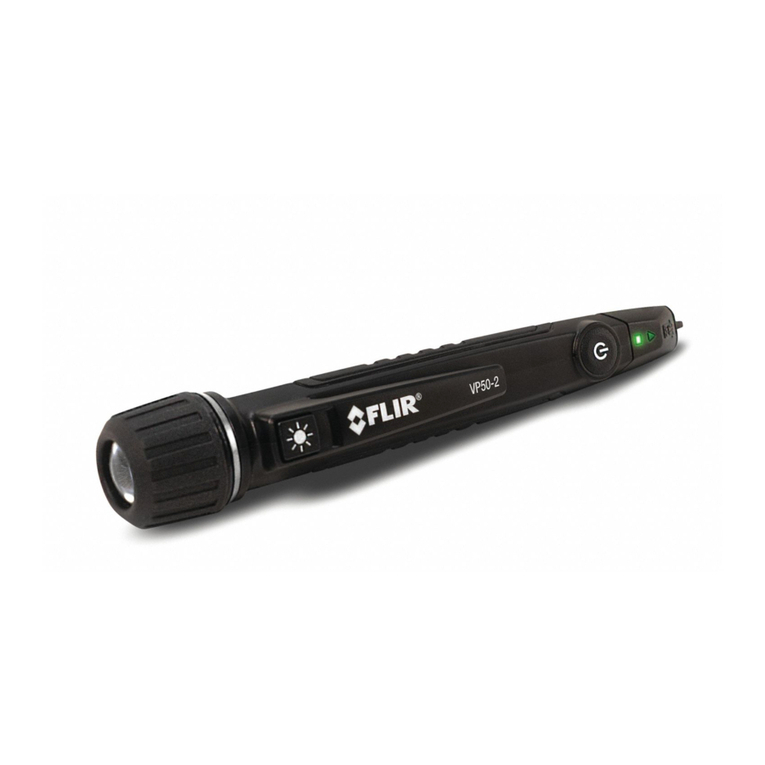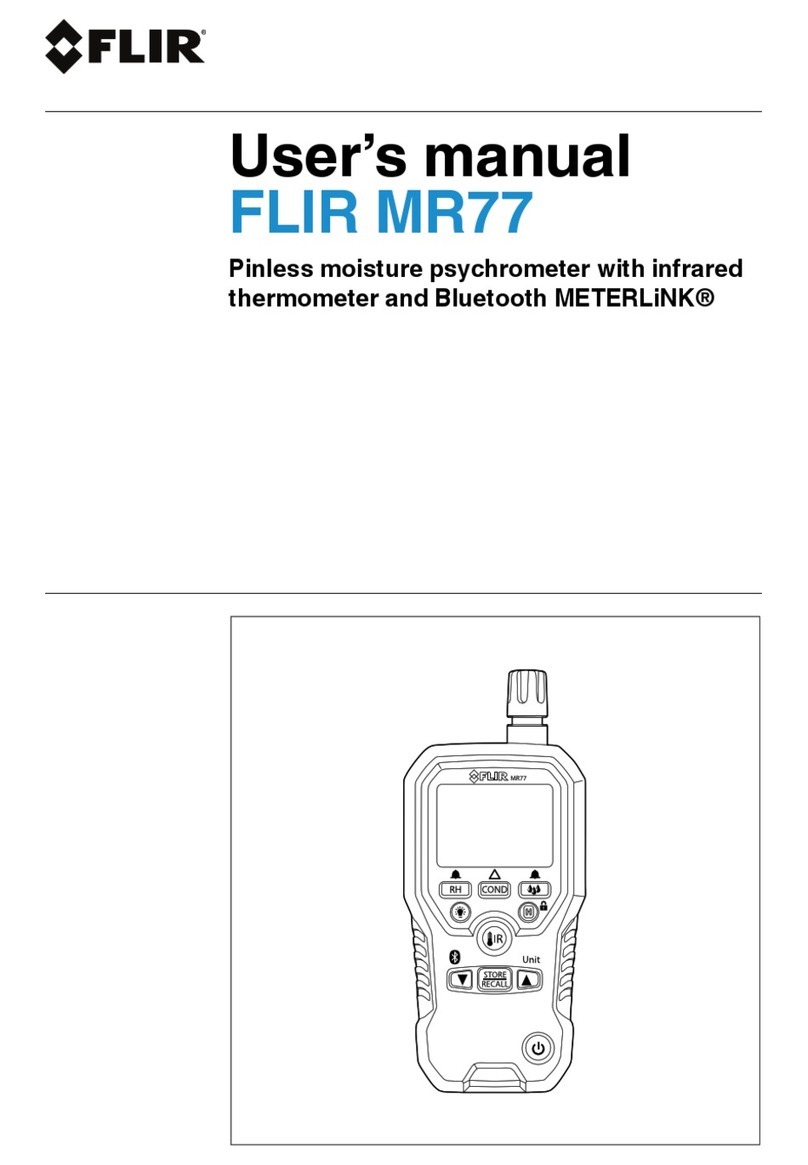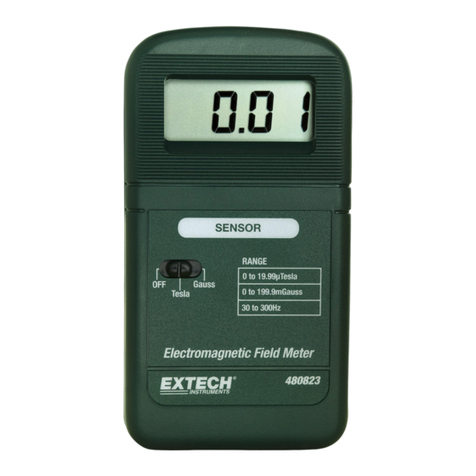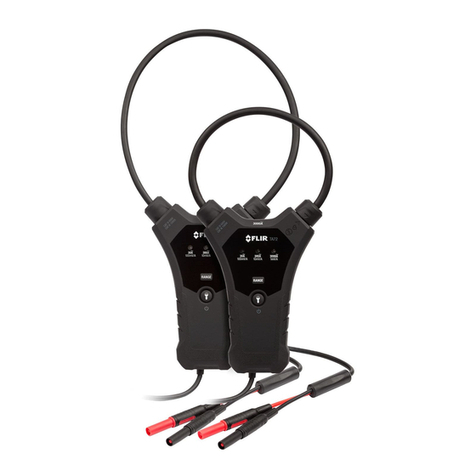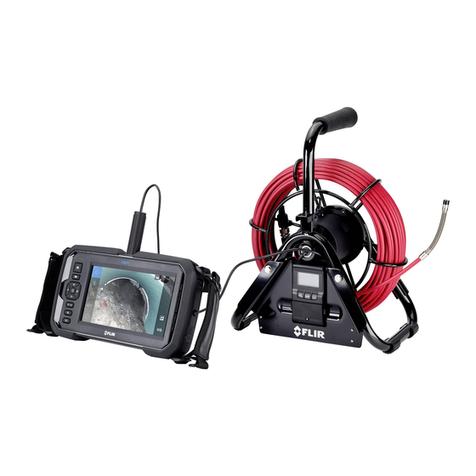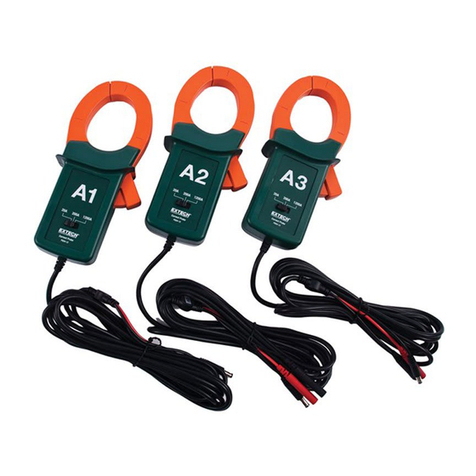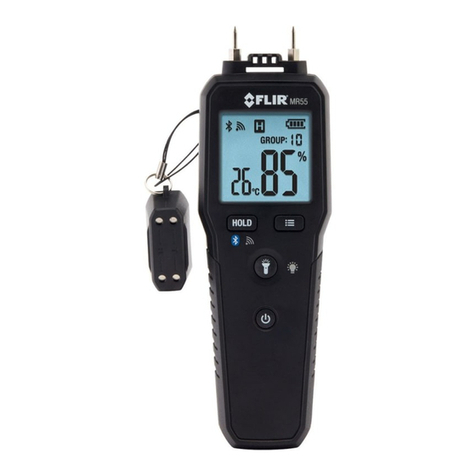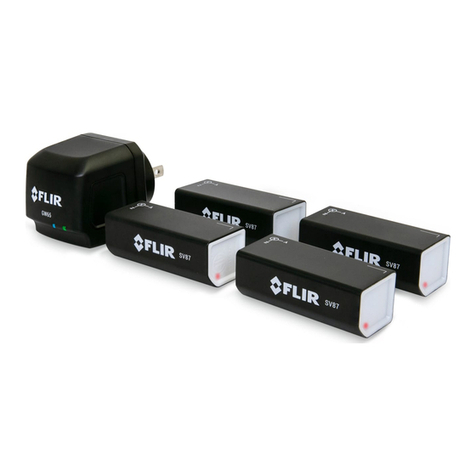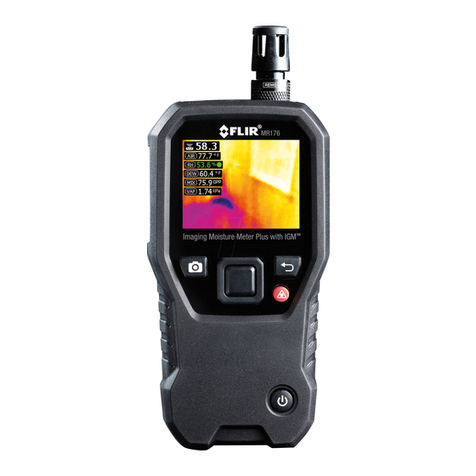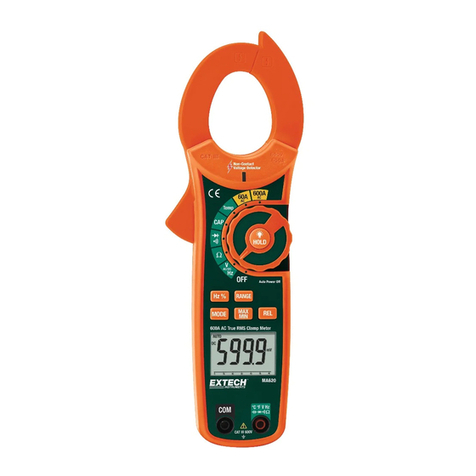1. Disclaimers
1.1 Copyright
© 2015-2017, FLIR Systems, Inc., All rights reserved worldwide. No parts of the software
including source code may be reproduced, transmitted, transcribed or translated into
any language or computer language in any form or by any means, electronic, magnetic,
optical, manual or otherwise, without the prior written permission of FLIR Systems.
The documentation must not, in whole or part, be copied, photocopied, reproduced,
translated or transmitted to any electronic medium or machine readable form without
prior consent, in writing, from FLIR Systems.
Names and marks appearing on the products herein are either registered trademarks or
trademarks of FLIR Systems and/or its subsidiaries. All other trademarks, trade names or
company names referenced herein are used for identification only and are the property
of their respective owners.
1.2 Quality Assurance
The Quality Management System under which these products are developed and
manufactured has been certified in accordance with the ISO 9001 standard.
FLIR Systems is committed to a policy of continuous development; therefore we reserve
the right to make changes and improvements on any of the products without prior
notice.
1.3 Documentation
To access the latest manuals and notifications, go to the Download tab at:
http://support.flir.com. It only takes a few minutes to register online. In the download
area you will also find the latest releases of manuals for our other products, as well as
manuals for our historical and obsolete products.
1.4 Disposal of Electronic Waste
As with most electronic products, this equipment must be disposed of in an
environmentally friendly way, and in accordance with existing regulations for
electronic waste.
Please contact your FLIR Systems representative for more details.
2. Safety
Safety Notes
Before operating the device, you must read, understand, and follow all instructions,
dangers, warnings, cautions, and notes.
FLIR Systems reserves the right to discontinue models, parts or accessories, and other
items, or to change specifications at any time without prior notice.
Remove the batteries if the device is not used for an extended period of time.
